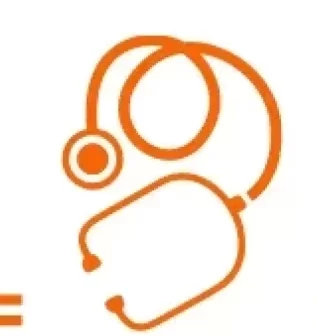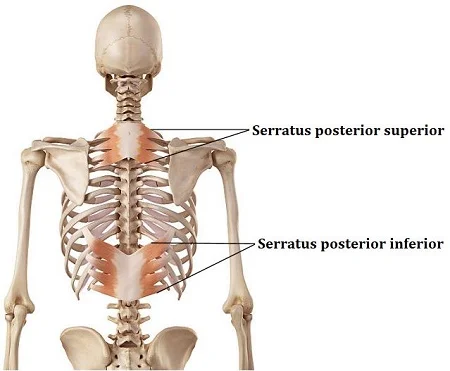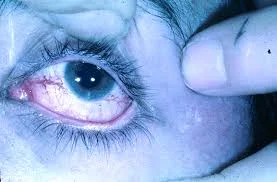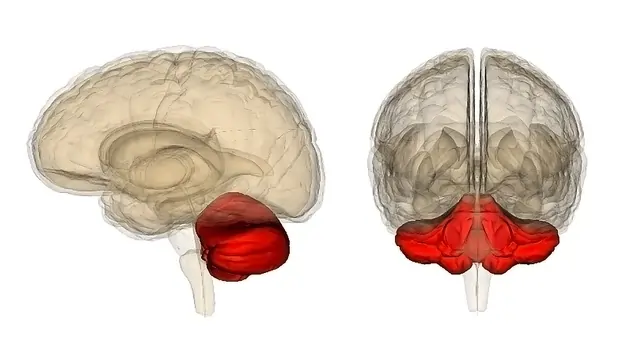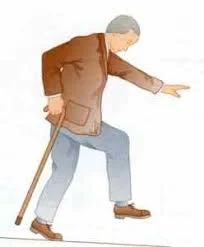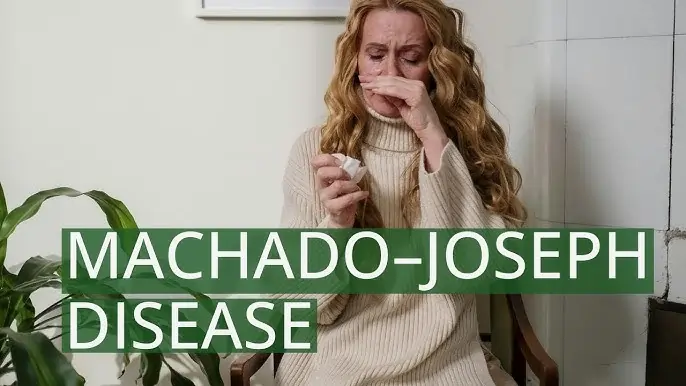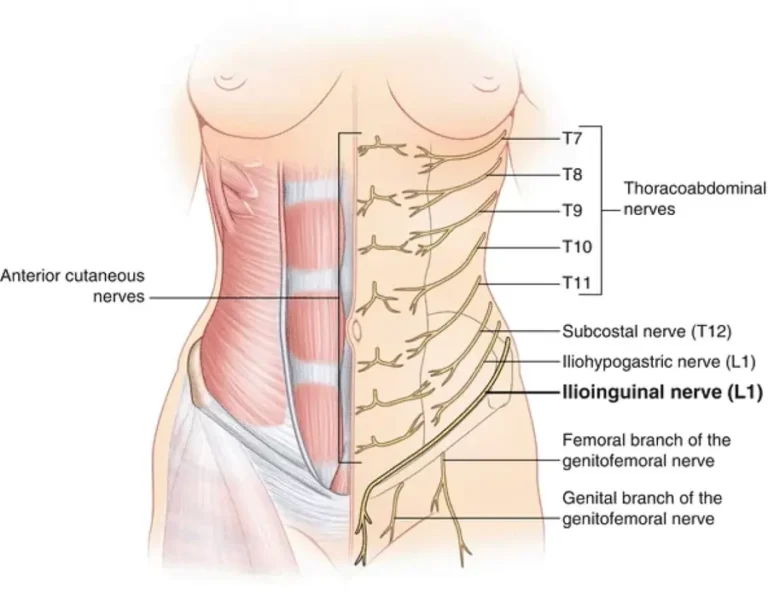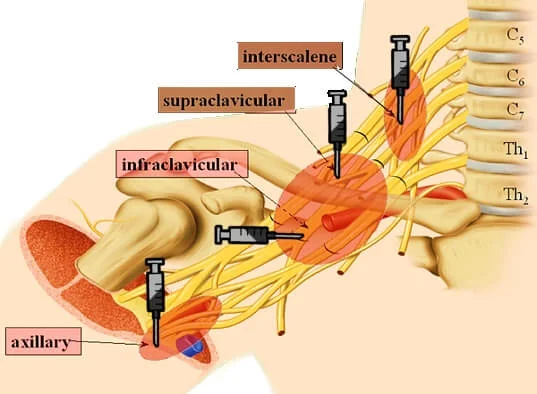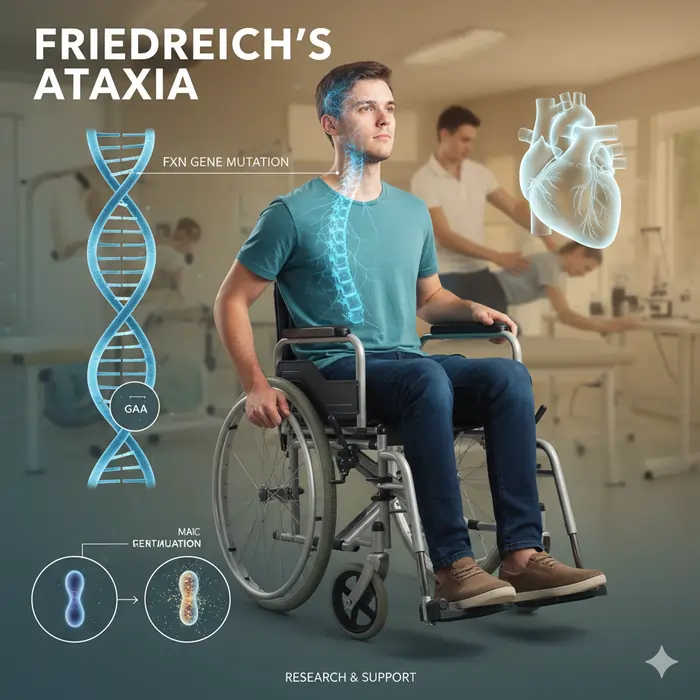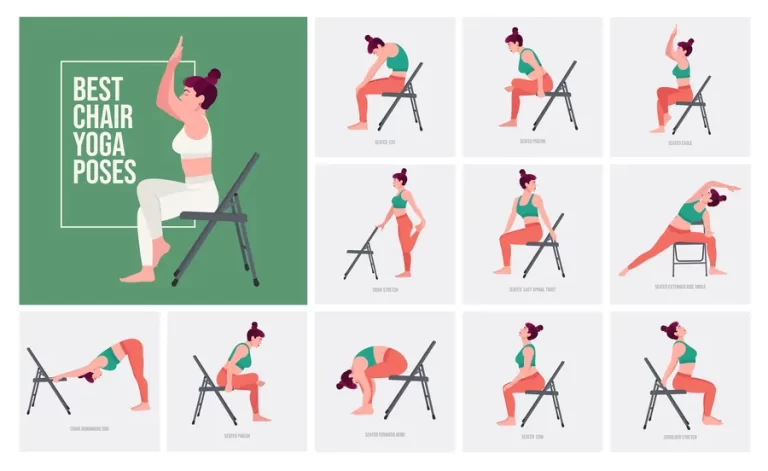Serratus Posterior Muscles
Introduction Serratus posterior muscles are two sets of muscles found in the upper and lower backs. These include: These muscles work together to form the back’s intermediate layer of extrinsic musculature.These muscles’ principal function is to facilitate breathing; the serratus posterior superior muscle lifts the ribs, while the serratus posterior inferior muscle lowers them. In…
